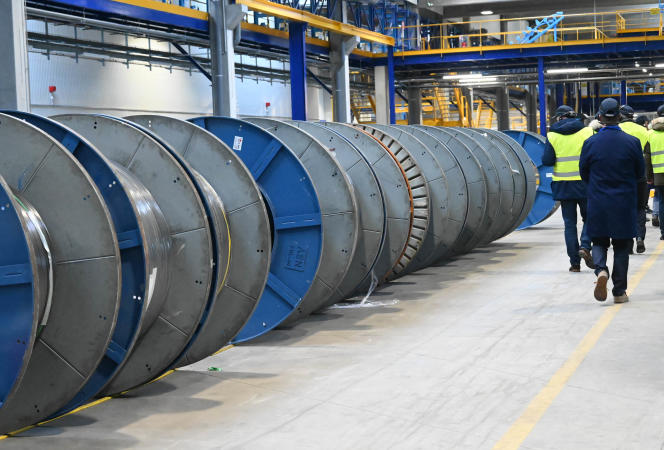Despite promises of improvement and several action plans initiated over the past two years, fiber optic connection problems remain the big black spot of French telecoms. The operators may regularly remind that the incidents are very small compared to the total number of subscribers (just over 18 million on March 31), public opinion does not have the same perception. “We don’t just see the trains arriving late, we see the reality on the ground which is totally grotesque”annoyed Jérôme Nury, deputy (LR) of Orne, on May 31 during a round table on the subject organized by the Economic Affairs Committee of the National Assembly : “Not a day goes by without being seized by mayors, citizens who are exasperated, angry, disconnected for weeks or months. »
This subscriber fatigue is not without risk for the sector. On May 16, during the symposium of the association of local authorities involved in digital technology (Avicca), Laure de la Raudière, the president of Arcep, the telecoms regulator, made a direct link between the “slight drop in the number of new subscriptions” recorded in 2022 compared to 2021 (3.6 million compared to 4 million) and “the bad press that is regularly given to the fiber, because of the implausible situations or the wild disconnections experienced by some of our fellow citizens, during connections”. A slowdown that is all the more worrying in that by 2030 all homes and businesses will have to switch to fiber optics: Orange has planned to cut its copper network (ADSL) that year.
According to Arcep calculations, across all fiber optic networks in France, the average failure rate is 0.12% of the lines in service. But, with some operators, the figure is 10 to 50 times higher. For the regulator, this mess in the optical fiber has therefore lasted long enough and it is ready to use the weapon of the “name and shame” (name and shame) to push the infrastructure operators, those who build the fiber optic networks, to do what it takes to reduce the number of incidents. During the first week of July, the telecoms policeman will thus publish for the first time the names of the most accident-prone networks, with maps by department. These nominative data will be published regularly to note the evolution.
Atypical networks pointed out
Two operators will mainly be targeted: the Altitude group and XPFibre, a subsidiary of SFR. According to preliminary documents consulted by The world, with data collected between September 2022 and February 2023, Sequantic, an Essonne network belonging to Altitude, has a failure rate of 6.5%, a national record. In the same department, Tutor Europ, still at Altitude, the rate is close to 6%. Debitex, a network built and managed by XP Fiber in Val-d’Oise and Seine-Saint-Denis, the failure rate is close to 3%. Figures above the average were also noted by Arcep on the Free network in Sarcelles. On the other hand, other departmental networks managed by Altitude or XPFibre show after-sales service rates that are significantly below average.
You have 33.96% of this article left to read. The following is for subscribers only.
